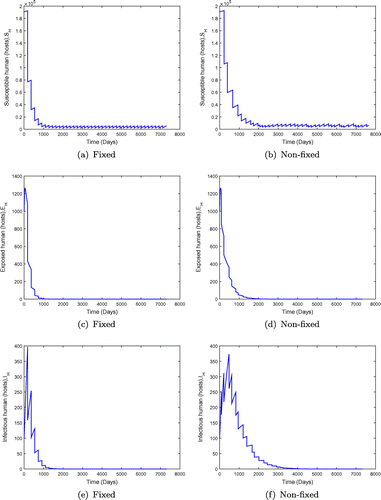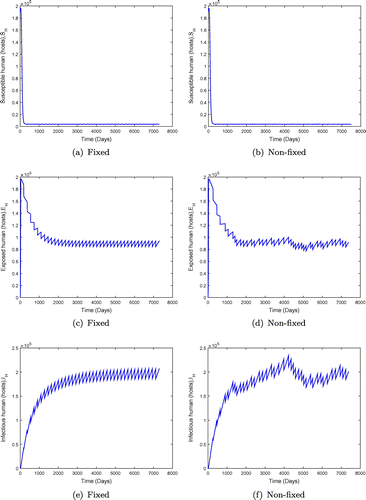Figures & data
Figure 1. A compartmental representation of the epidemics and treatment of onchocerciasis. It is important to note that the model proposed here is an extension of the previous model studied in Omondi et al. (Citation2017).

Table 1. Estimated parameter values in the model for onchocerciasis case. The rates are given per day
Figure 3. Tornado plots of partial rank correlation coefficients (PRCCs) of the parameters that influence for the input parameters using the values in Table . Parameters with PRCC
increase
when they are increased whereas parameters with PRCC
decrease
when they are increased.
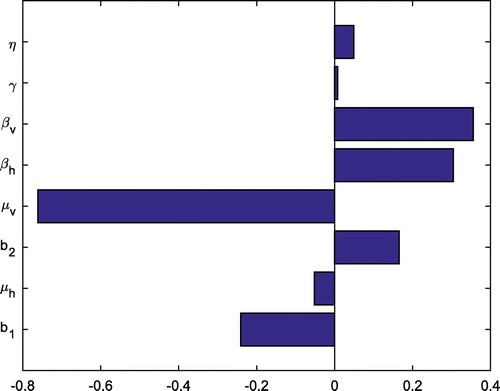
Figure 4. The Monte Carlo simulations for the three parameters with the greatest influence on the : the transmission contact rate in humans, the transmission contact rate in the vector and the vector death rate for the input parameters using the values in Table and 1,000 simulations per run. Eradication is only possible if the transmissibilities are extremely small or if the vector death rate is extremely high.
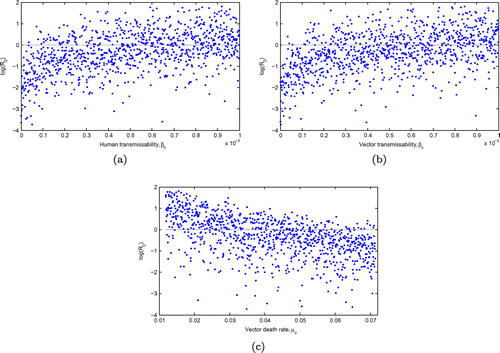
Figure 7. System behaviour for fixed and non-fixed mass administration of ivermectin with . Note that increasing
improves the outcome but does not lead to eradication.
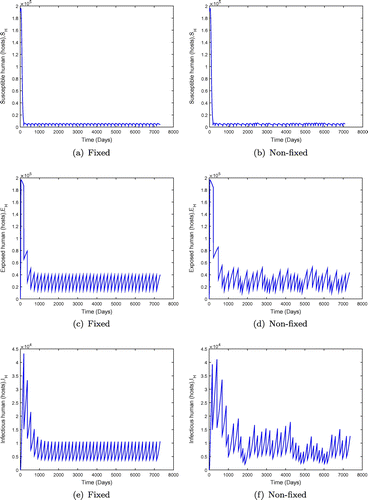
Figure 8. System behaviour for fixed and non-fixed mass administration of ivermectin with . Non-fixed adminsitration may produce lower overall numbers of infected individuals, but the outcome is not predictable.
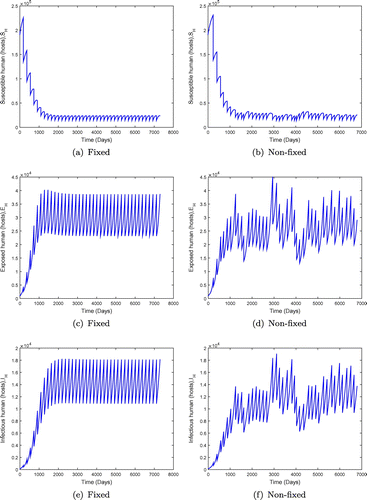
Figure 9. System behaviour for fixed and non-fixed mass administration of ivermectin with . Non-fixed administration may produces bursts of infection, even if the disease would be otherwise kept at low levels.
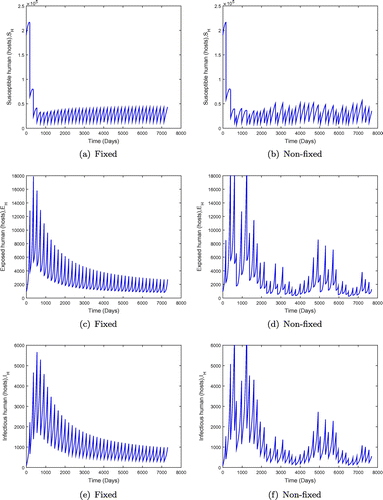
Figure 10. System behaviour for fixed and non-fixed mass administration of ivermectin with using parameter values in Table . Note that non-fixed administration may have a delaying or preventative effect on eradication.
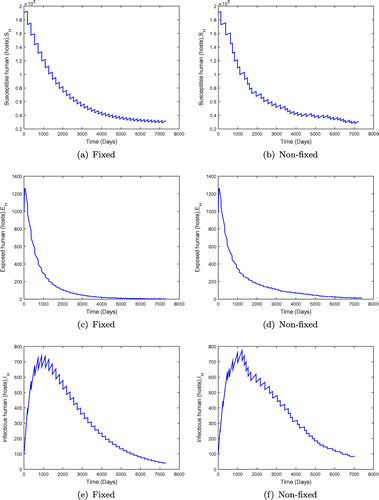
Figure 11. System behaviour for fixed and non-fixed mass administration of ivermectin with using parameter values in Table . Increasing
hastens eradication, in both the fixed and non-fixed case.
